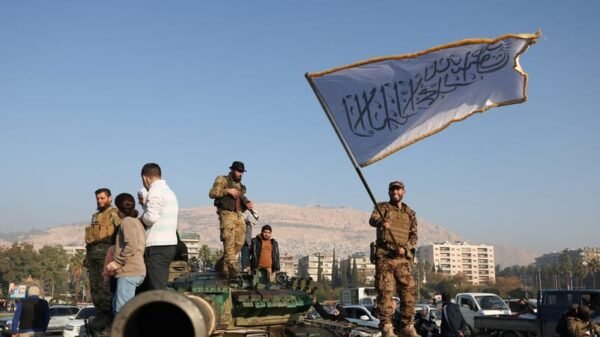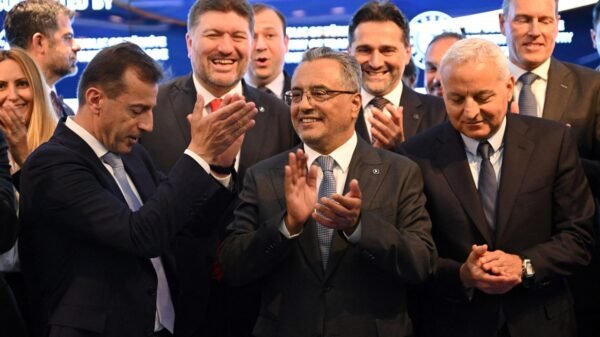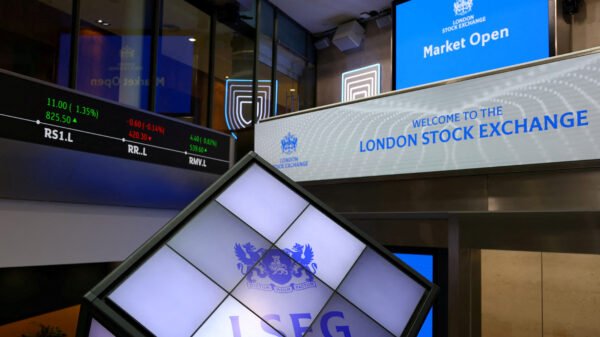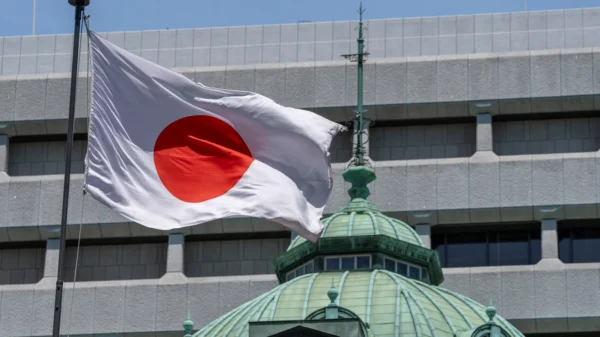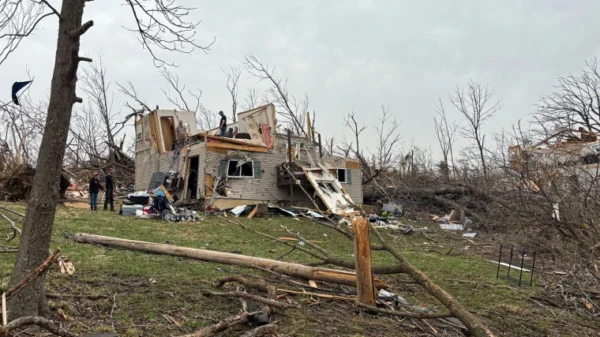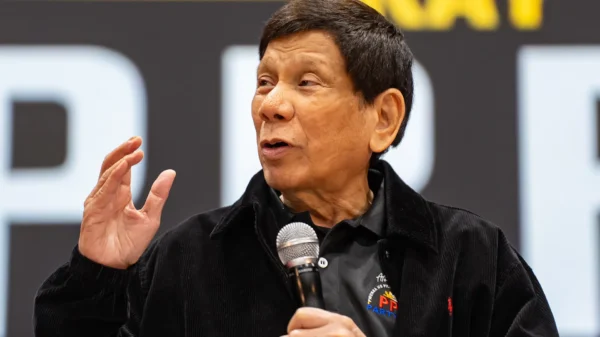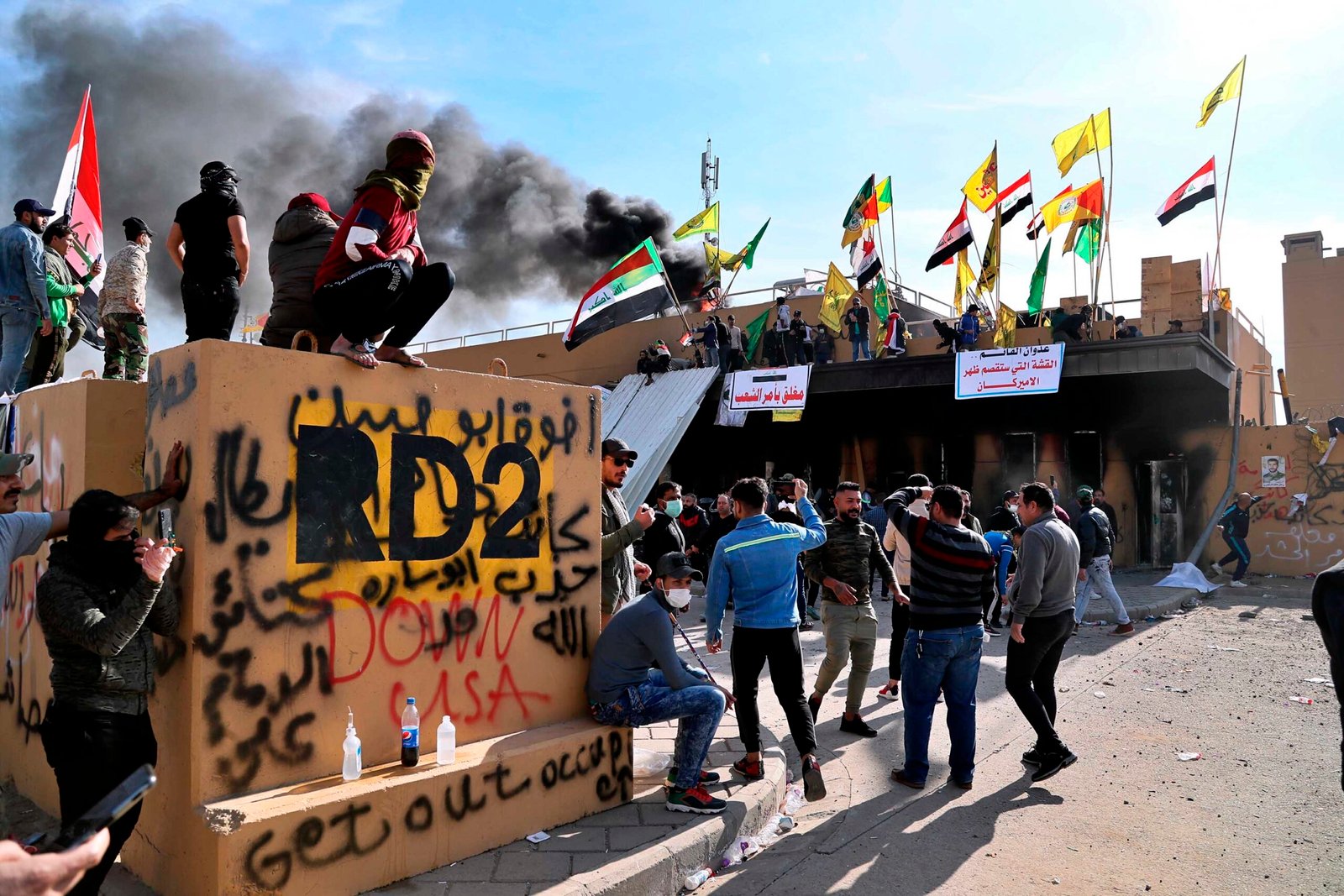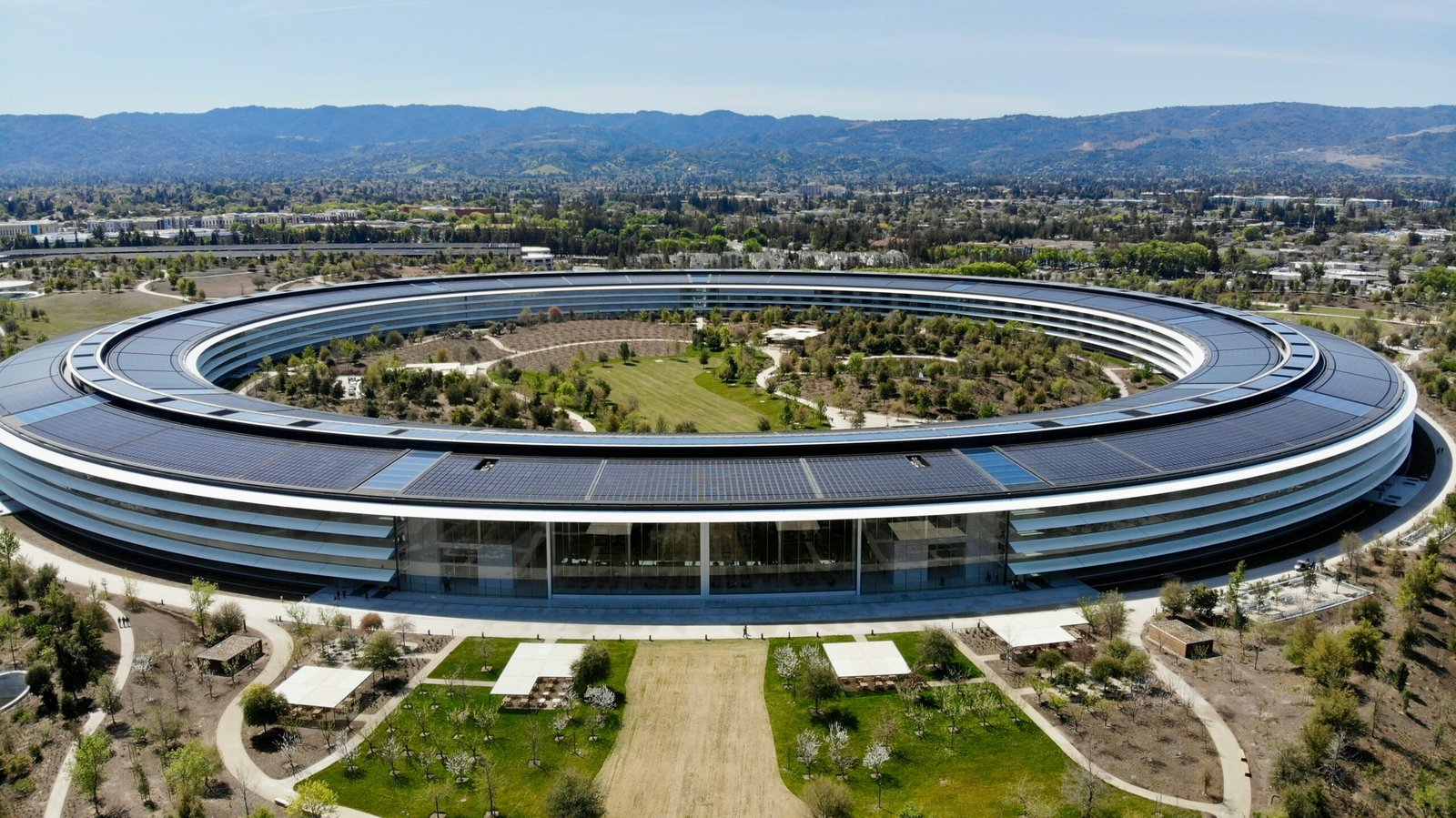Introduction: The Genesis of the Iran Nuclear Deal
The Joint Comprehensive Plan of Action (JCPOA), more commonly known as the Iran nuclear deal, emerged as a landmark agreement aimed at curtailing Iran’s nuclear capabilities while providing sanctions relief. Initiated in 2015, the deal was the result of protracted negotiations spearheaded by the P5+1 countries—an international coalition comprising the United States, the United Kingdom, France, China, Russia, and Germany. These negotiations were a testament to multilateral diplomacy aimed at addressing global security concerns.
The primary objective of the JCPOA was to ensure that Iran’s nuclear program remained exclusively peaceful. In exchange for lifting crippling economic sanctions, Iran agreed to stringent limitations on its nuclear activities, including reducing its uranium enrichment capacity and allowing comprehensive inspections by the International Atomic Energy Agency (IAEA). This framework aimed to extend Iran’s breakout time—the period required for it to amass enough fissile material for a nuclear weapon—to at least one year.
From the outset, the JCPOA was heralded as a breakthrough for regional stability and nuclear non-proliferation. It was hoped that by restraining Iran’s nuclear ambitions, the agreement would contribute to a reduction of tensions in the Middle East, a region already fraught with conflict and volatility. Furthermore, it was envisioned that economic incentives for Iran would foster a more cooperative and progressive relationship with the international community, ultimately paving the way for broader diplomatic engagement.
As the deal took effect, there was cautious optimism that the agreement could serve as a model for future non-proliferation efforts. However, the volatile political landscape and inherent mistrust among the involved parties meant that these initial hopes would continually be put to the test. With the agreement’s implementation came a complex array of challenges and responses that have since evolved, influencing geopolitical dynamics in profound ways.
The Breakdown: Reasons Behind the Deal’s Failure
The multi-faceted breakdown of the Iran nuclear deal can largely be traced back to a series of crucial events and decisions that cumulatively led to its eventual collapse. A pivotal moment was the U.S. withdrawal from the agreement in 2018. Under the Trump administration, the United States exited the Joint Comprehensive Plan of Action (JCPOA), citing concerns that the deal was insufficient in curbing Iran’s nuclear ambitions and did not address other contentious issues such as Iran’s ballistic missile program and its regional activities.
The reimposition of stringent economic sanctions on Iran by the U.S. marked a significant blow to the deal. These sanctions targeted critical sectors of Iran’s economy, including its oil exports, banking, and shipping industries. The economic strain on Iran increased substantially, prompting a response that involved Iran gradually stepping away from its compliance with the agreement. The imposition of these sanctions not only stifled Iran’s economy but also stoked internal political and social pressures.
Iran’s subsequent actions included breaching key provisions of the JCPOA. These measures involved exceeding the limits on uranium enrichment levels, accumulating more enriched uranium than permitted under the agreement, and installing advanced centrifuges. Iran’s incremental violations were met with growing concern from the international community, particularly among the remaining signatories of the deal, which include the European Union, Russia, and China.
International responses to the U.S. withdrawal and Iran’s departure from compliance have been varied. The European Union and other key stakeholders have attempted to mediate and preserve the agreement, proposing initiatives such as the Instrument in Support of Trade Exchanges (INSTEX) to facilitate trade with Iran and circumvent U.S. sanctions. However, these efforts largely fell short of providing the economic relief Iran sought. On the diplomatic front, the breakdown has led to increased tensions among global powers, contributing to a more polarized geopolitical landscape.
The compounding effect of these factors has resulted in significant diplomatic fallout and escalated regional and global tensions. The erosion of trust between Iran and the deal’s stakeholders has not only stalled diplomatic progress but also raised concerns over nuclear proliferation and regional security. The implications of the deal’s failure continue to reverberate across the Middle East, influencing the policies and strategies of multiple nations involved in the region’s intricate political web.
Impact on U.S.-Iran Relations: A Widening Rift
The collapse of the Iran deal, formally known as the Joint Comprehensive Plan of Action (JCPOA), has significantly strained diplomatic relations between the United States and Iran. The deal’s disintegration has emboldened both nations to adopt increasingly aggressive stances, further escalating hostilities. Notably, the U.S. drone strike on Iranian General Qassem Soleimani in January 2020 marked a precipitous low point in bilateral relations, inciting a potent mix of outrage and retaliation from Iran.
In response to Soleimani’s killing, Iran vowed severe reprisal, exemplified by its subsequent missile attacks on U.S. military bases in Iraq. These hostile engagements have exacerbated the cycle of aggression, contributing to an atmosphere rife with military posturing and confrontational rhetoric. Moreover, Iran’s responses have not been limited to military actions; the nation has increasingly engaged in cyber-attacks and other forms of hybrid warfare aimed at destabilizing U.S. interests both within and beyond the Middle East.
The animosity between the two nations extends beyond isolated incidents. Economic sanctions imposed by the United States have crippled Iran’s economy, fostering widespread resentment and nationalist fervor within the Iranian populace. Conversely, these sanctions have also pressured the Iranian government into adopting more defiant and provocative policies as a means of demonstrating resilience and sovereignty.
The widening rift between the United States and Iran demonstrates how the failure of the Iran deal has not only hindered diplomatic engagement but also ignited a broader conflict with significant implications for regional stability and global tensions. The antagonistic rhetoric and hostile actions from both sides serve as a grim reminder of the precarious state of U.S.-Iran relations, suggesting the unfortunate potential for future escalations and conflicts.
The repercussions of the failed nuclear agreement with Iran have rippled across the Middle East, profoundly impacting regional stability. Key players, such as Saudi Arabia, Israel, and the Gulf States, have openly expressed their dissatisfaction and concerns. Saudi Arabia has long viewed Iran as a primary rival in the region. The fall-through of the deal has intensified this rivalry, with Riyadh becoming increasingly assertive in countering Iranian influence. This has materialized through heightened military engagement and diplomatic efforts in Yemen, where Saudi Arabia leads a coalition against the Iran-backed Houthi rebels.
Israel, too, has vocalized strong opposition to the failed deal, perceiving it as a direct threat to its national security. The Israeli government has consistently lobbied against any leniency towards Iran, fearing that the absence of a stringent nuclear agreement might enable Tehran to advance its nuclear capabilities. This apprehension has translated into increased military readiness and intelligence activities focused on curbing Iranian operations, particularly in neighboring Syria, where Iran has established significant strategic footholds.
The Gulf States, comprising countries like the UAE and Bahrain, share similar concerns with Saudi Arabia and Israel. The failure of the Iran deal has led these nations to bolster their diplomatic and security ties with Western allies, particularly the United States, to counterbalance Iran’s influence. These states have also increased their investments in defense and intelligence capabilities to safeguard their interests against potential threats emanating from Tehran.
Furthermore, the proxy conflicts in Yemen and Syria have seen an upsurge in hostilities. The Iranian support for the Assad regime in Syria and the Houthi rebels in Yemen has fueled prolonged conflicts, causing immense human suffering and geopolitical instability. As these proxy wars continue unabated, the broader Middle Eastern region faces escalated tensions, diverting valuable resources that could otherwise be directed towards development and peace-building efforts.
Thus, the failure of the Iran deal not only disrupts diplomatic efforts but also exacerbates existing conflicts, fostering an environment of enduring instability in the Middle East.
Global Consequences: Shifts in Geopolitical Alliances
The collapse of the Iran nuclear deal has precipitated significant shifts in global alliances, reshaping international relations in profound ways. Analyzing the regions most affected by these developments, it becomes evident that the geopolitical landscape of the Middle East has undergone a notable transformation. Central to this realignment are Russia and China, both of which have seized the opportunity to fortify their presence and expand their influence in the region.
Russia has continued to strengthen its strategic partnerships with Iran, further deepening military and economic cooperation. This collaboration is not solely confined to bilateral ties, as it also extends to pivotal roles within regional conflicts and diplomatic negotiations, thereby counterbalancing Western influence. China’s involvement, characterized by substantial investments and trade agreements under the Belt and Road Initiative, signifies a strategic gamble aimed at cementing long-term economic and political alliances with key Middle Eastern nations.
On the other hand, European countries have sought to salvage the remnants of the deal, demonstrating a strong commitment to multilateral diplomacy and non-proliferation efforts. The European Union has engaged in numerous diplomatic initiatives, attempting to mediate dialogue and reduce escalating tensions between the United States and Iran. This unwavering stance underscores Europe’s dedication to upholding international agreements and maintaining stability within the region.
These shifts have profound implications for NATO and other international bodies. The reconfiguration of diplomatic alignments suggests potential strains within NATO, as member nations may find themselves navigating opposing interests and fragmented policies concerning Middle Eastern affairs. Furthermore, the United Nations and related entities are increasingly challenged to adapt to these evolving dynamics, ensuring that their peacekeeping and conflict resolution roles remain effective amidst the changing backdrop of global power balances.
In essence, the reverberations of the Iran deal’s failure are being felt across continents, redefining alliances and shaping new geopolitical strategies. The confluence of these developments underscores the complexity and interdependence of modern international relations, highlighting the pivotal role of diplomatic agility and resilience in navigating the future. As the global arena continues to evolve, the impact of this singular event will remain a critical aspect of ongoing geopolitical discourse.
Economic Repercussions: Sanctions and Trade Embargoes
The re-imposition of U.S. sanctions on Iran has profoundly impacted the Iranian economy, leading to a host of economic challenges that permeate various sectors. These sanctions have caused a significant decrease in Iran’s oil exports, which form a crucial part of the nation’s revenue. Consequently, the Iranian government has faced fiscal deficits, forcing budget cuts in public services and infrastructure, thereby affecting the everyday lives of its citizens. Inflation rates have soared, eroding purchasing power, and leading to higher costs of living for the Iranian populace. The national currency, the rial, has seen a depreciation, further compounding economic hardships by making imports more expensive and less accessible.
The ramifications extend beyond Iran, triggering notable disturbances in global oil markets. As one of the major oil producers, Iran’s restricted oil exports have contributed to increased volatility and fluctuations in global oil prices. This uncertainty has affected not only oil-dependent economies but also international markets, causing ripple effects in various sectors reliant on stable oil prices for cost predictability. Countries such as China and India, which previously relied heavily on Iranian oil, have had to diversify their import sources, leading to realignment in global oil trade patterns.
Regionally, the instability has exacerbated economic uncertainties, particularly among Iran’s neighbors who engage in trade and economic partnerships with Tehran. Economies such as Iraq, which benefits from bilateral trade and energy exchanges with Iran, face disruptions in these economic ties. Additionally, the reduced economic activity and strained financial conditions contribute to social unrest, compounding the challenges of navigating an already volatile region.
The broader Middle Eastern economy has had to adapt to these shifts, contending with diminished trade routes and the increased risk premiums associated with operating in a more unstable region. International investors display caution, often redirecting their resources to more stable environments, thereby diminishing regional investment. The cumulative result is an economically fraught Middle East coping with the adverse consequences stemming from the failure of America’s Iran deal.
Humanitarian Concerns: A Struggling Civilian Population
The inability to successfully revive the Iran nuclear deal has had profound humanitarian implications, deeply affecting the livelihood of ordinary Iranians. As sanctions intensify, shortages of essential goods such as medicine, food, and other necessities have become increasingly prevalent. This situation is exacerbated by inflation, which has eroded the purchasing power of the middle and lower classes. Iranians are finding it increasingly difficult to secure their daily needs, leading to a sharp decline in their overall quality of life.
In tandem with these economic hardships, the broader Middle East region continues to grapple with significant humanitarian crises. Proxy wars and regional unrest, catalyzed by the strained relations between Iran and its rivals, have led to mass displacement and destruction. In countries like Syria and Yemen, conflicts fueled by these tensions have devastated civilian populations. Hospitals, schools, and vital infrastructure have been destroyed, leaving millions in dire circumstances.
The ripple effects are also felt beyond Iran’s borders. Neighboring countries hosting refugees from conflict zones face overwhelming pressures on their healthcare and social services systems. The swell of displaced people strains resources and fosters instability, making it harder for international aid organizations to effectively provide support. Moreover, the ongoing unrest complicates diplomatic efforts, hindering any potential resolution to the humanitarian crises.
Addressing these humanitarian concerns requires a multifaceted approach. The international community must consider the human cost as they navigate diplomatic relations and sanctions. While political complexities cannot be ignored, it is crucial that policy decisions also prioritize the well-being of affected civilian populations. Only through comprehensive strategies that blend humanitarian aid with diplomatic initiatives can there be hope for alleviating the suffering and fostering long-term stability in the region.
Future Prospects: Pathways to Renewed Diplomacy or Escalation?
The landscape of Middle Eastern geopolitics continues to teeter precariously in the aftermath of America’s withdrawal from the Iran Deal. With the new U.S. administration at the helm, there are multiple pathways that could unfold, possibly leading to either renewed diplomacy or escalating tensions. The role of the international community and regional leaders will be crucial in shaping these outcomes.
One potential scenario involves a concerted effort by the U.S. and its allies to re-engage with Iran through diplomatic channels. The Biden administration has shown an interest in returning to negotiation tables, which could set the stage for a revised or renewed agreement. This would likely involve reassessments of the deal’s conditions and possibly broader incentives for Iran. The European Union and key Asian players may also step in to mediate, fostering a multipolar approach that underlines the importance of de-escalation and stability.
However, renewed diplomacy is contingent upon mutual concessions. A potential framework for a new agreement might include stricter monitoring of nuclear activities, economic incentives, and efforts to address regional security concerns that pertain to Iran’s missile program and proxy activities in neighboring countries. Constructive engagement could also extend to regional actors like Saudi Arabia and Israel, who may play a pivotal role in shaping a balanced and sustainable outcome.
Conversely, failure to reach an understanding could exacerbate existing tensions. The hardline stance of some U.S. political factions, coupled with Iran’s internal dynamics, could push both sides towards a more confrontational approach. Escalation may manifest through proxy conflicts or heightened military posturing in the region. Such developments would further complicate the security landscape, potentially drawing in other global actors into a larger geopolitical quagmire.
Ultimately, the future trajectory will depend on the willingness of all parties to prioritize dialogue over conflict. Alleviating global tensions and stabilizing the Middle East hinges on a delicate balance of diplomacy, patience, and strategic foresight.





